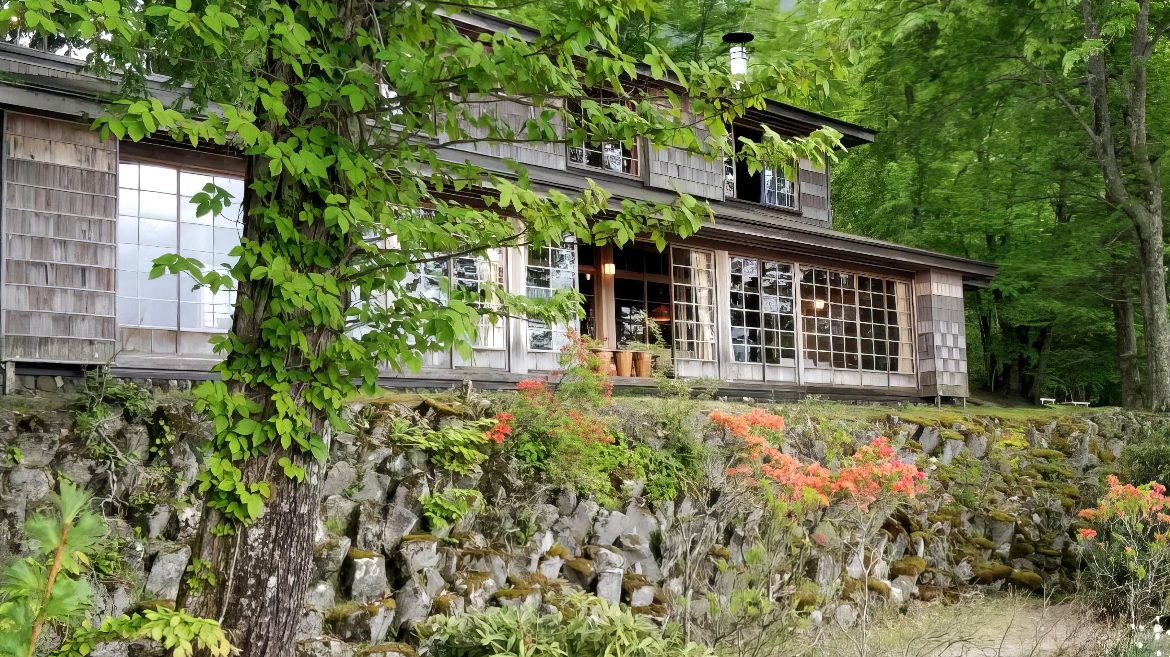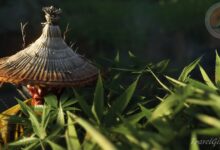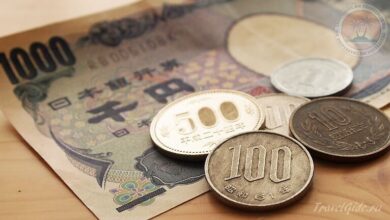Lake Chuzenji, Japan's best resort for gaijin
How Chuzenji became one of the most famous bodies of water in the Land of the Rising Sun...
ToWhen Japan opened to foreigners at the end of the 19th century, the cool summer weather and high altitude of Lake Chuzenji (1200 m) quickly won the hearts of Western diplomats, writers, and ordinary tourists. The newfangled resort offered a welcome escape from Tokyo's stifling summer heat without visitors having to travel too far.
First villas
Thanks to the rapid development of the steam railway between the capital and Nikko, the first villas and the first hotels for Westerners were built: in 1873, the historic Kanaya Hotel building, which was replaced in 1893 by the new Kanaya Hotel next to the temple area, and, at the very beginning of the 20th century, Villa Meiji no Yakata, the second home of a wealthy American industrialist.
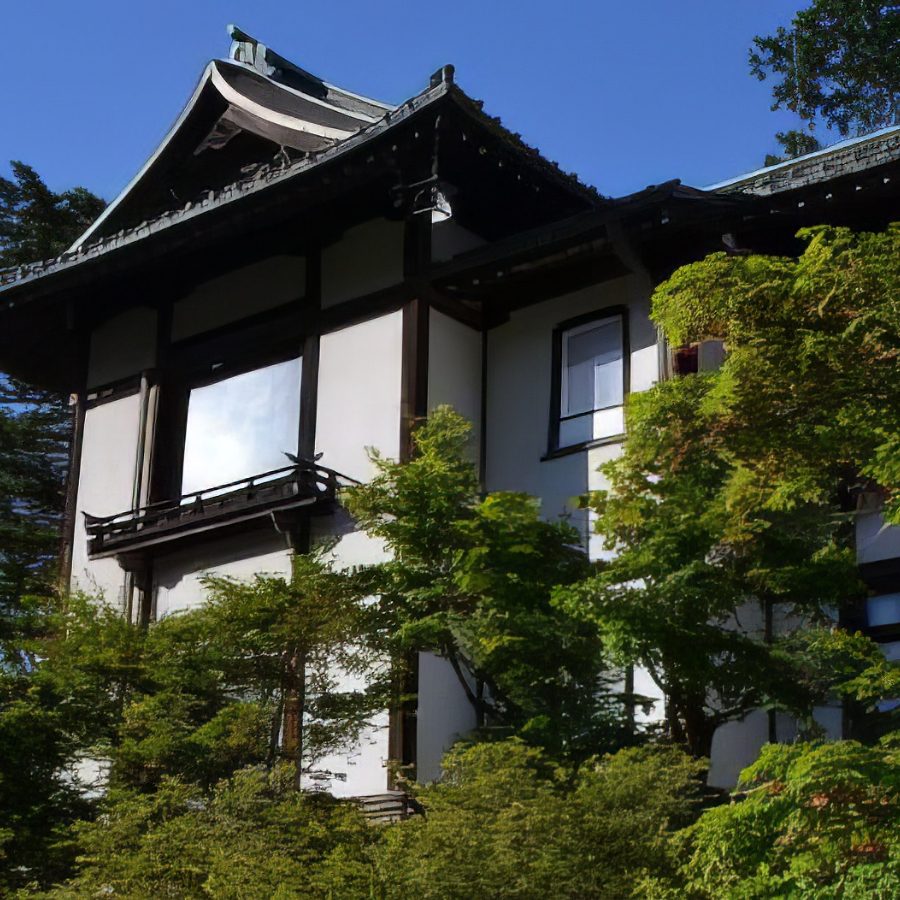
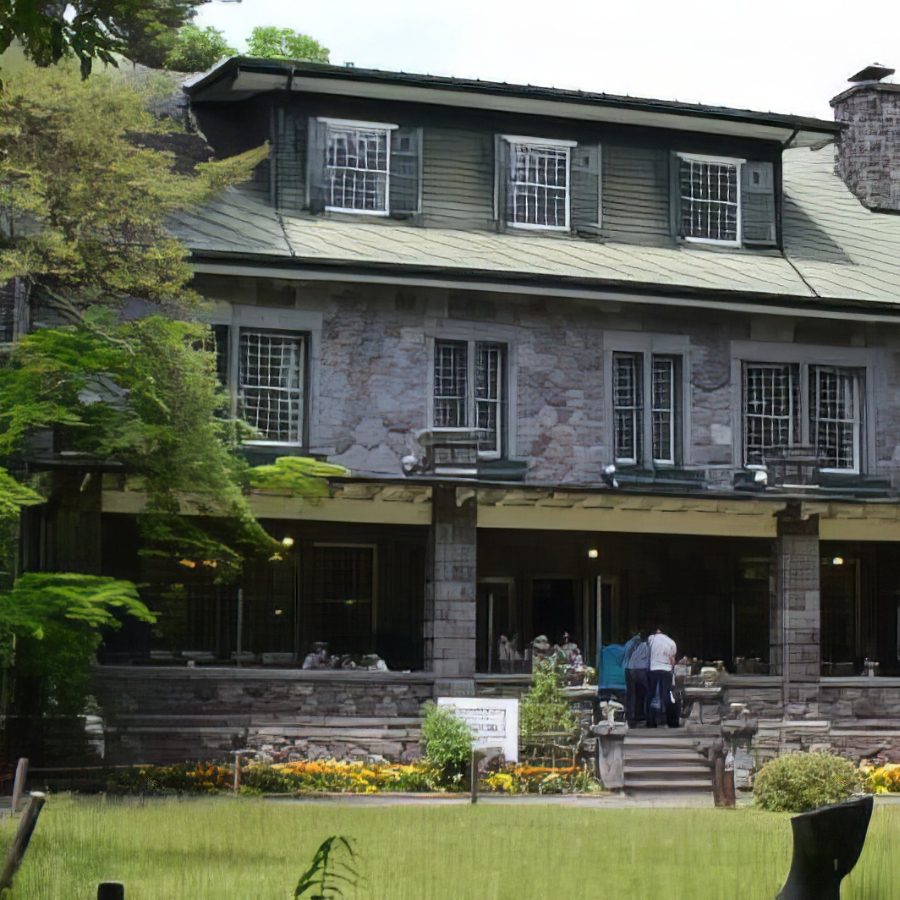
Once the construction of the first Iroha-zaka access road to Lake Tuzenji was completed, it became quite easy for the new embassies to carry out the construction of summer buildings on Lake Tuzenji. As a rule, these were not just “huts”, but luxurious holiday homes, built in the style of both Japanese and Western architecture.
Desirable south coast
There are two ways to see the resort's best houses: take a walk along the coastal path south, on the east shore from Chuzenji Onsen, or head to the water for a wonderful cruise on Lake Chuzenji - boats come just 100 meters from the shore. But this is an excellent opportunity to look at the coast itself and the villas, giving a complete picture of a bygone era of splendor and carefreeness.
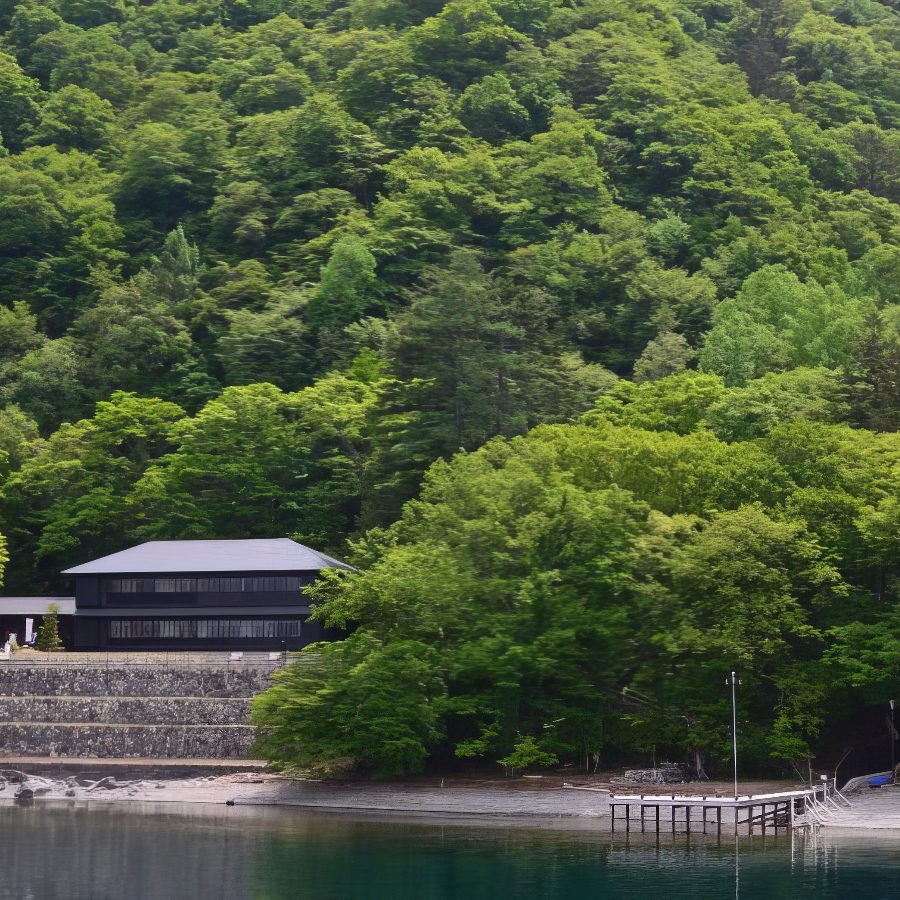
Two villas were relatively recently transferred to Tochigi Prefecture and are therefore now open to the public: Villa British embassy and villa Italian embassy. The first has a magnificent white veranda against the backdrop of a uniform facade black color, and the second features interior trim made from local Japanese cedar.
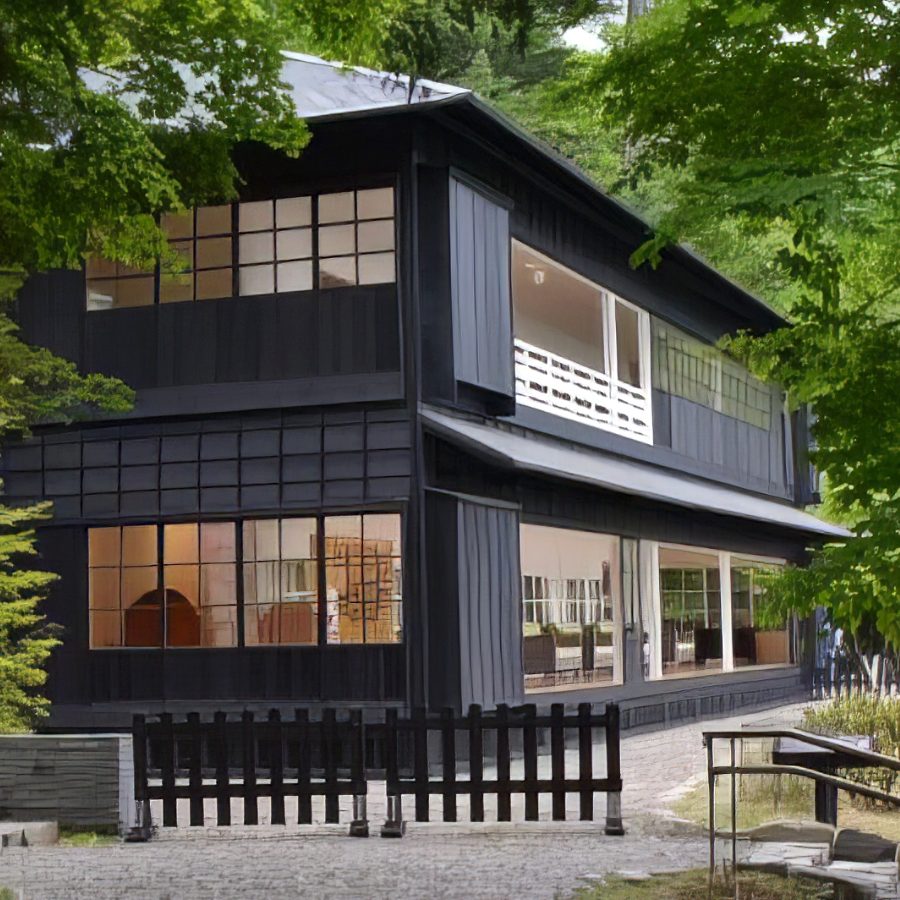
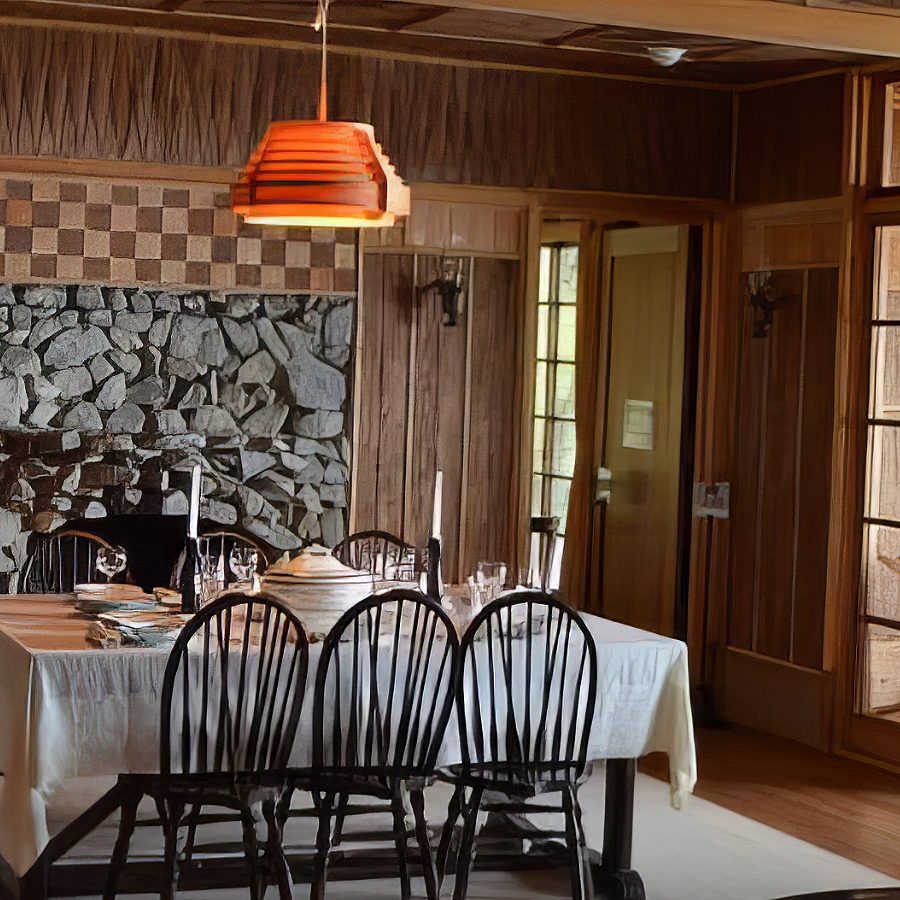
The neighboring French Embassy Villa, a two-story pine building, was originally built by the Japanese Foreign Minister. Purchased by France in 1906, it is currently used as a holiday destination.
That's what they usually call it "Villa Claudel" in honor of ambassador and writer Paul Claudel, who visited here several times during his four-year stay in Japan, writing many passages from his flagship play The Satin Slipper here.
A resort that has become synonymous with diplomacy and relaxation
The halls and terraces of these residences, with their refined style, were the scene of dinners and cocktail parties attended by Japanese officials, Western diplomats, artists and intellectuals who were unanimously enchanted by the calming atmosphere of Lake Chuzenji.
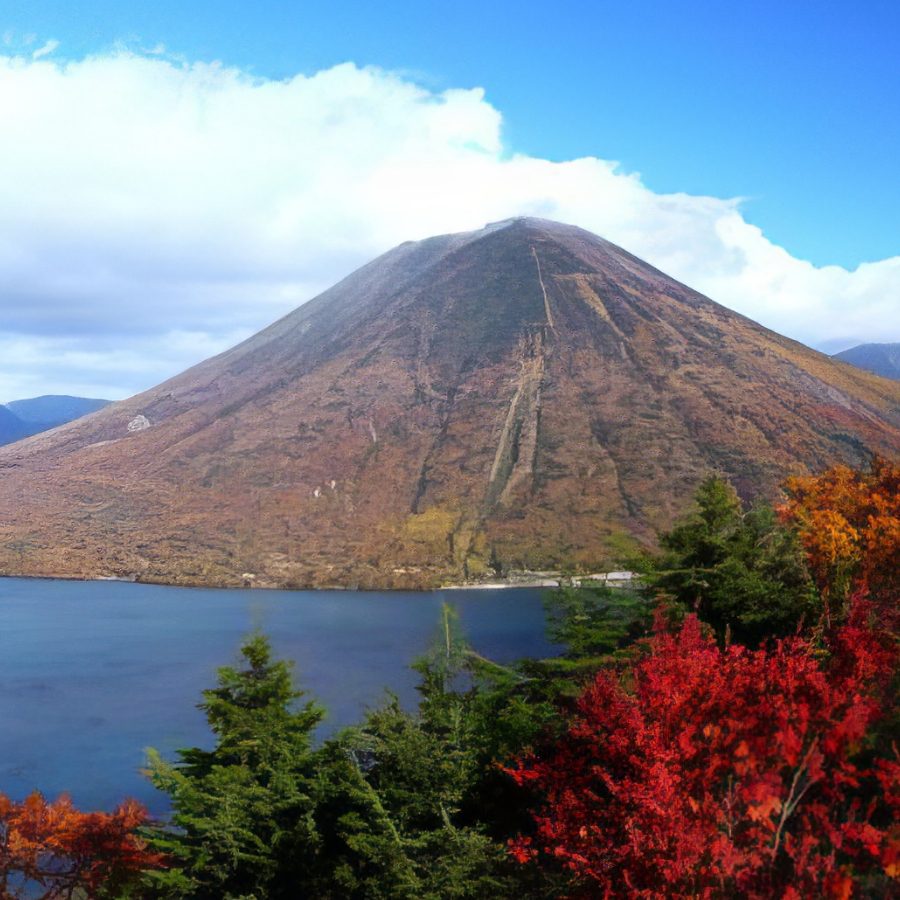
In his notes, Claudel mentioned several times that the purest air of the region, the effect of contemplating the waters of the lake and the proximity of the hot springs Yumoto Onsen and Chuzenji Onsen contributed to the daily cordial harmony between representatives of all nations.
At the end of World War II, the US military "reserved" the Kanaya Hotel, located north of the lake, for many years. Nearby they built a large wooden "California" boathouse that served as a hangar and launching pad for boats and sailboats.
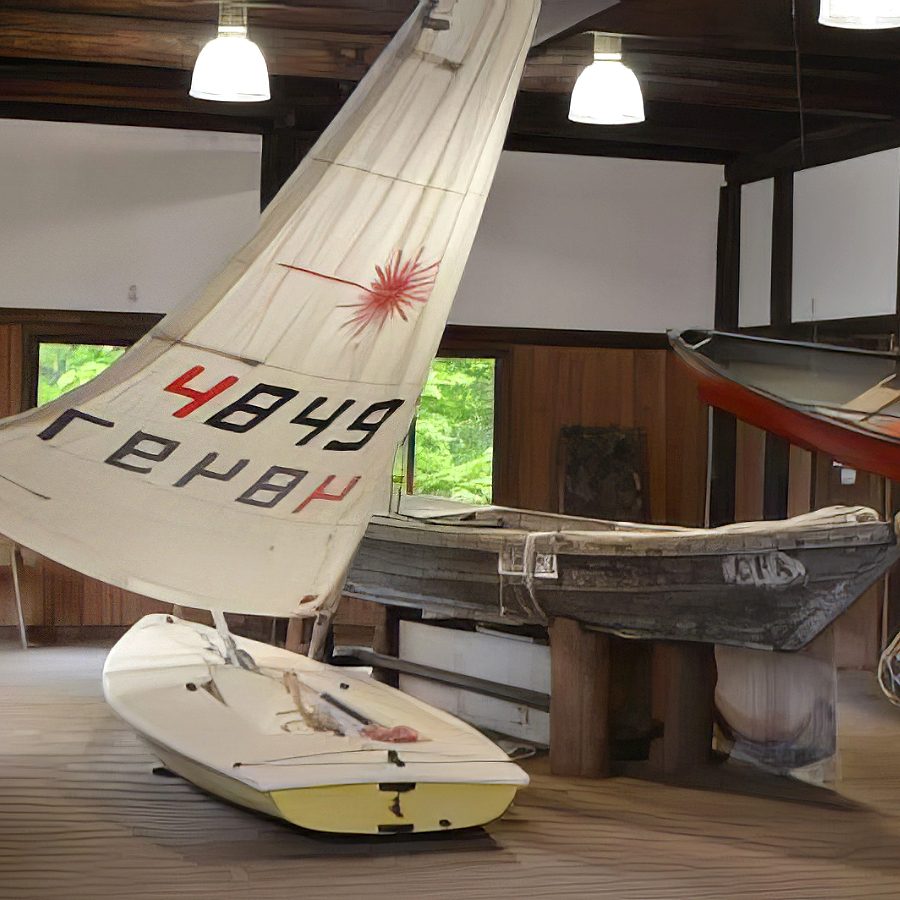
This wooden boathouse, on the northern shore of Lake Chuzenji, served peaceful purposes for quite a long time. Today, its proximity to Ryuzu Falls, the end point of treks on the Senjougahara Plateau, makes it an ideal holiday destination.
The ground floor of the house displays items and trophies related to trout fishing, as well as a collection of old boats. On the second floor there is a tea room, as well as a wonderful panoramic terrace where you can arrange good evening gatherings.
Practical information for tourists
How to get to Lake Chuzenji
On train, daily departure from Tokyo via Tobu Line from Tobu Asakusa Station (Exit 4 from Asakusa Station), Limited Express SPACIA train (7 stops) or regular train (8/12 stops and one transfer at Shimo-Imaichi Station), hourly departure, reservation required, 1 hour 50 minutes/2 hours 30 minutes, 2700/1400 yen (2160 yen/free if purchased with a city, region or park pass).
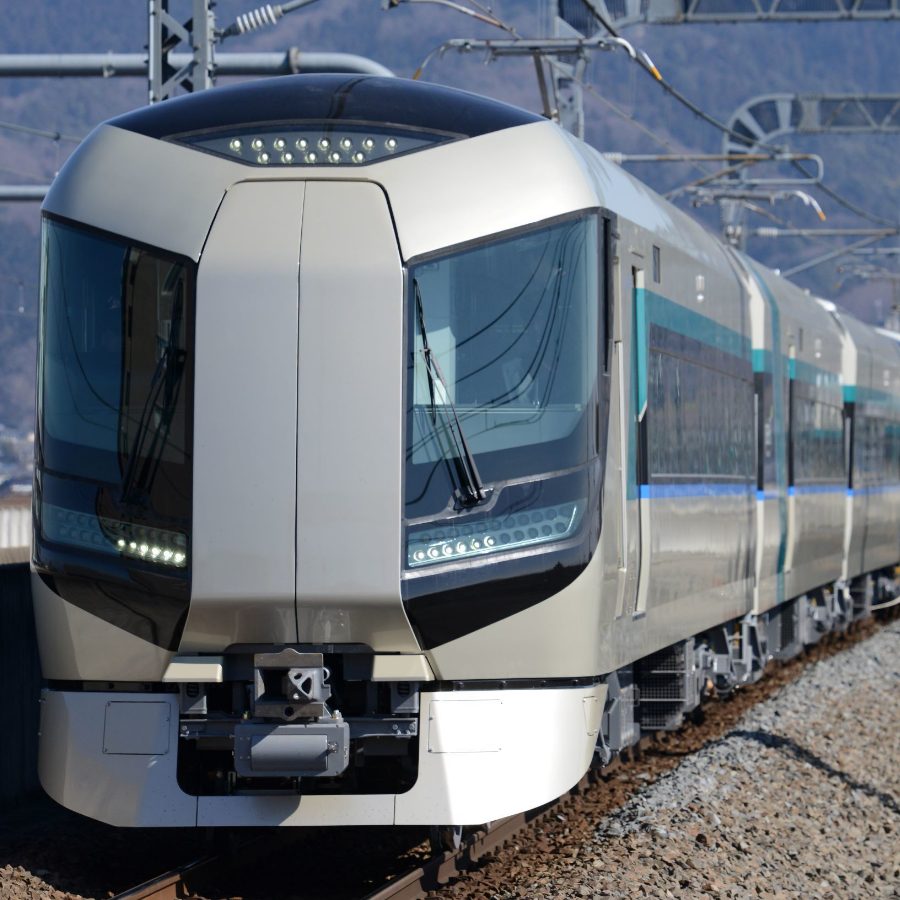
Tobu offers three options: Bus&Train Pass: City, Region and Park, including return flight Asakusa-Nikko on a regular line: December-mid-April: 2670/4150/8010 yen, mid-April-November: 2670/4520/8010 yen. Buy bus and train passes, tickets and information at the Tobu Tourist Service Center located on the ground floor of Tobu Asakusa Station (daily from 7:20 to 19:00).
From the capital's major JR stations and for Japan Rail Pass holders, numerous daily services connect Tokyo and Ueno Stations to Nikko via the JR, Yamagata or Tohoku Shinkansen lines, transferring at Utsunomiya Station, 1 hour 45 minutes/5,570 yen. From Shinjuku Station, three daily non-stop Tobu/JR combined trains (7 stops), 2 hours 15 minutes/4,000 yen.
On arrival
There are regular buses from Tobu Station to the temples and hotels scattered along the main road. It's best to take the bus (290 yen; 500 yen roundtrip) to get there as early as possible and walk back to Shin-kyo Bridge, then walk along Highway 119, which is lined with many shops and cute restaurants where you can eat even angler fish.
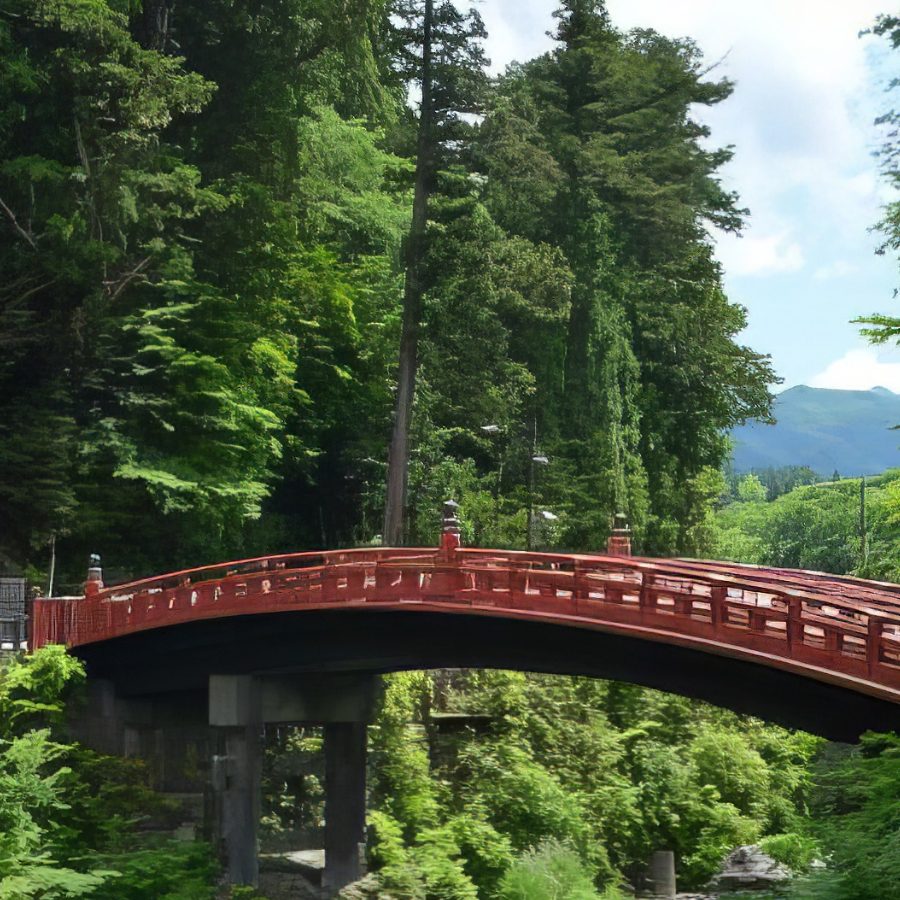
If you plan to make more than one or two visits, it is more profitable to purchase a Buss Pass. Bus passes and tickets and information can be purchased at the Tourist Center at Tobu Nikko Station (daily from 8:30 am to 5:00 pm) or from the JR Nikko Station ticket office.
Nikko Temples can be visited on foot, they are located a 20-minute walk from Shin-kyo Bridge and about a 25-minute walk from Tobu and JR stations.
Tobu Nikko Station
Inside the train station there is a tourist information center where staff can provide tourist information in English upon request, as well as large interactive touch screens with English language selection.
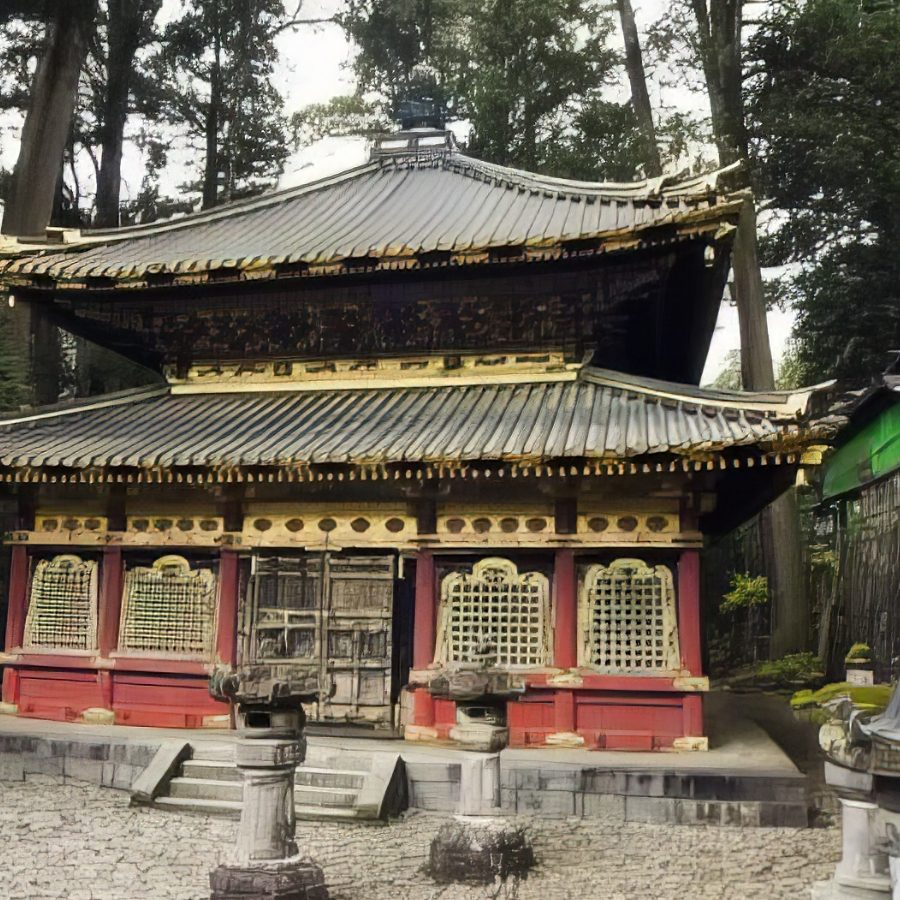
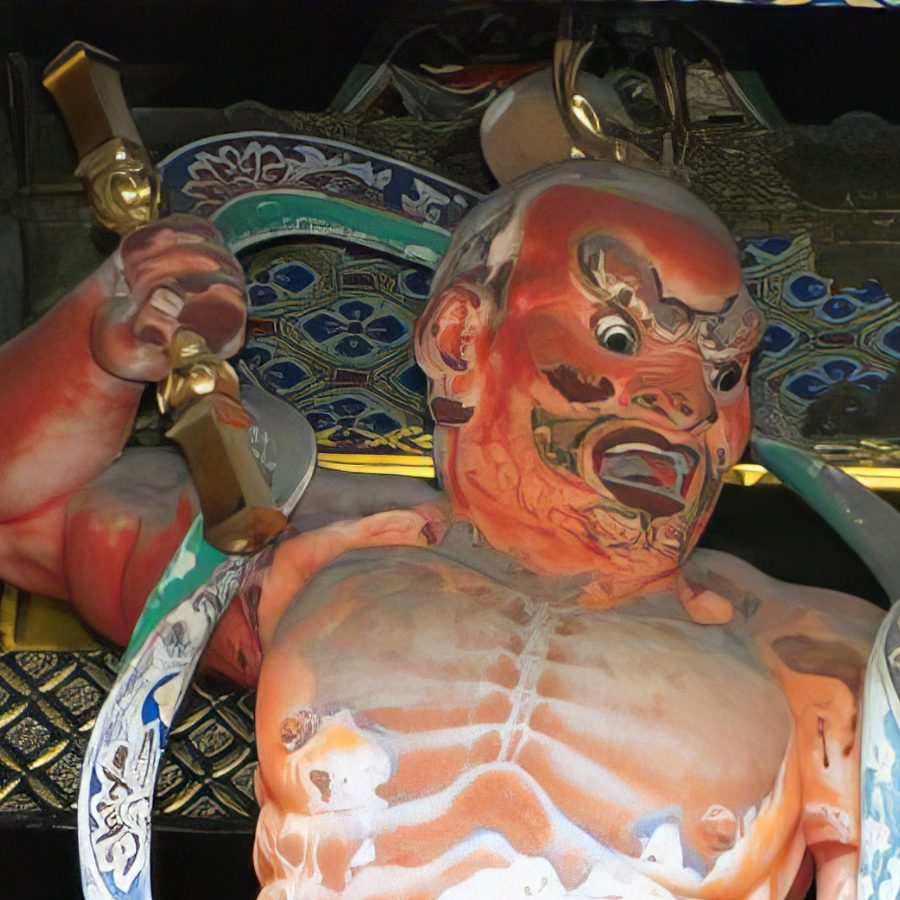
Luggage storage and luggage-free visiting services are available. Ticket machines with English option, train tickets, Tobu Bus Pass and tickets for tourist sites such as Tosho-gu Temple, Rinno-ji Temple.
